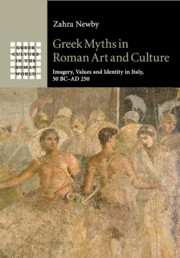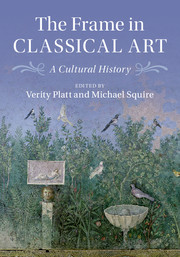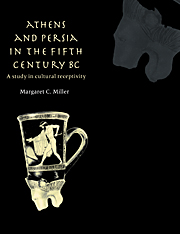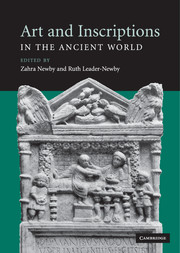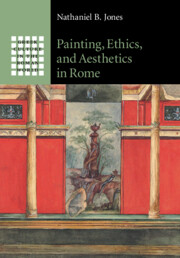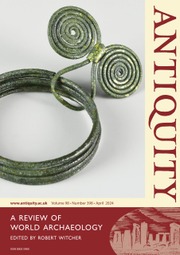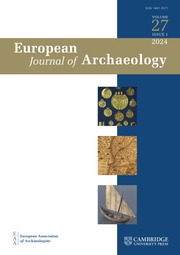Greek Myths in Roman Art and Culture
Images of episodes from Greek mythology are widespread in Roman art, appearing in sculptural groups, mosaics, paintings and reliefs. They attest to Rome's enduring fascination with Greek culture, and its desire to absorb and reframe that culture for new ends. This book provides a comprehensive account of the meanings of Greek myth across the spectrum of Roman art, including public, domestic and funerary contexts. It argues that myths, in addition to functioning as signifiers of a patron's education or paideia, played an important role as rhetorical and didactic exempla. The changing use of mythological imagery in domestic and funerary art in particular reveals an important shift in Roman values and senses of identity across the period of the first two centuries AD, and in the ways that Greek culture was turned to serve Roman values.
- A comprehensive treatment of the representation of myths in Roman art
- Brings together current scholarship on a range of separate areas, such as wall-painting, funerary art and sarcophagi
- Proposes a new reading of mythological art as indicating an important shift in Roman social and cultural values
- Integrates the study of art into the broader social and cultural history of Rome
Product details
January 2020Paperback
9781107420731
415 pages
245 × 170 × 30 mm
1.05kg
125 b/w illus.
Available
Table of Contents
- Introduction: Greek myths, Roman lives
- 1. Art and power in the public sphere
- 2. Recreating myth in the Roman villa
- 3. Paideia, rhetoric and self-representation: responses to mythological wall-paintings
- 4. Mythological wall-paintings in the Roman house
- 5. From home to tomb: myths in the funerary realm
- 6. The rhetoric of mythological sarcophagi: praise, lament and consolation 7. Epilogue: the Roman past, the culture of exemplarity and a new role for Greek myth.

